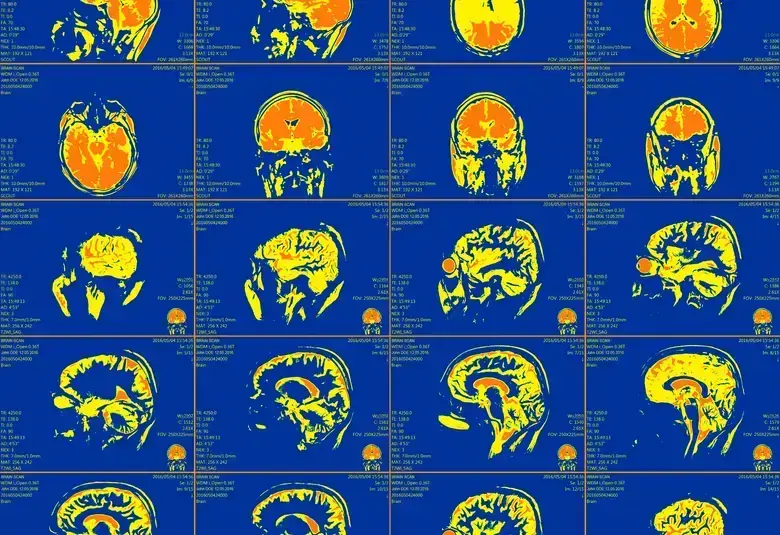Major depressive disorder (MDD) is associated with an increased risk of cardiovascular disease (CVD) and CVD is associated with an increased risk of MDD. Why is this? And what are the implications for providing optimal management and improving outcomes for patients with comorbid MDD and CVD in clinical practice? These topics were explored in a presentation by Professor Andrea Fiorillo, Naples, Italy, at EPA 2022.
MDD and CVD are strongly linked
Up to one in every five hospitalized cardiac patients has MDD
Patients with cardiovascular disease (CVD) are three times more likely to have MDD than the general population;1 and among hospitalized cardiac patients up to 20% meet psychiatric criteria for MDD and up to 20% experience depressive symptoms,2 said Professor Fiorillo. Furthermore, MDD increases the risk of developing ischemic heart disease (hazard ration [HR] 1.63) and stroke (HR 1.94).3
The bidirectional association between MDD and CVD
MDD and CVD are systemic illnesses sharing interconnected feedback mechanisms
The higher risk of subsequent MDD among patients with CVD and the higher risk of CVD among patients with MDD has led researchers to suggest a bidirectional association between CVD and MDD,3 explained Professor Fiorillo.
Genetic, hormonal, and physiological factors overlap in both MDD and CVD pathophysiology,4 but although many biological and behavioural mechanisms have been investigated, none of them seem to account for more than a small proportion of the risk.5
Shared environmental factors appear to be the major link between comorbid CVD and MDD
Analyses of data from the UK Biobank have shown that a genetic risk score strongly associated with a higher risk of coronary heart disease is not associated with an increased risk of MDD.6 Instead the analyses suggest that shared environmental factors are the major link between comorbid CVD and MDD, and that interleukin-6, C-reactive protein, and triglycerides are causally linked to MDD.6
Both MDD and CVD are considered to be systemic syndromes with many interconnected feedback mechanisms, involving for example cortisol, monamines, hippocampal volume, neurodegeneration, and sleep deprivation,7 said Professor Fiorillo.
Implications for clinical practice
Timely treatment of MDD in CVD can improve outcomes
Timely treatment and prevention of MDD in CVD can improve both quality of life and longevity,8 and initiatives have been set up to encourage closer collaboration between psychiatrists and cardiologists,9,10 said Professor Fiorillo.
- The World Psychiatric Association (WPA) Collaborating Centres have developed a 2021–2024 Work Plan focusing on multimorbidities in patients with severe mental disorders, in collaboration with the WPA Working Group on Physical Comorbidities led by Professor Norman Sartorius,9 former director of the World Health Organization's Division of Mental Health.
- The European Psychiatric Association (EPA), supported by the European Association for the Study of Diabetes (EASD) and the European Society of Cardiology (ESC) has published a position statement on CVD and diabetes in people with severe mental illness to promote screening and treating patients with severe mental illness for CVD risk factors and diabetes and shared care between different healthcare professionals.10
Individualize treatments to avoid adverse effects that might aggravate MDD or CVD
A multidisciplinary approach for the management of comorbid MDD in patients with CVD is suggested, and care coordinators can facilitate the management using the collaborative care approach.11 Routine screening for MDD using the 2-item patient health questionnaire (PHQ-2) followed by focused screening with the PHQ-9 is recommended.11
Finally, treatments should be individualized and selected to avoid adverse effects that might aggravate MDD or cardiovascular disease,12 concluded Professor Fiorillo.




